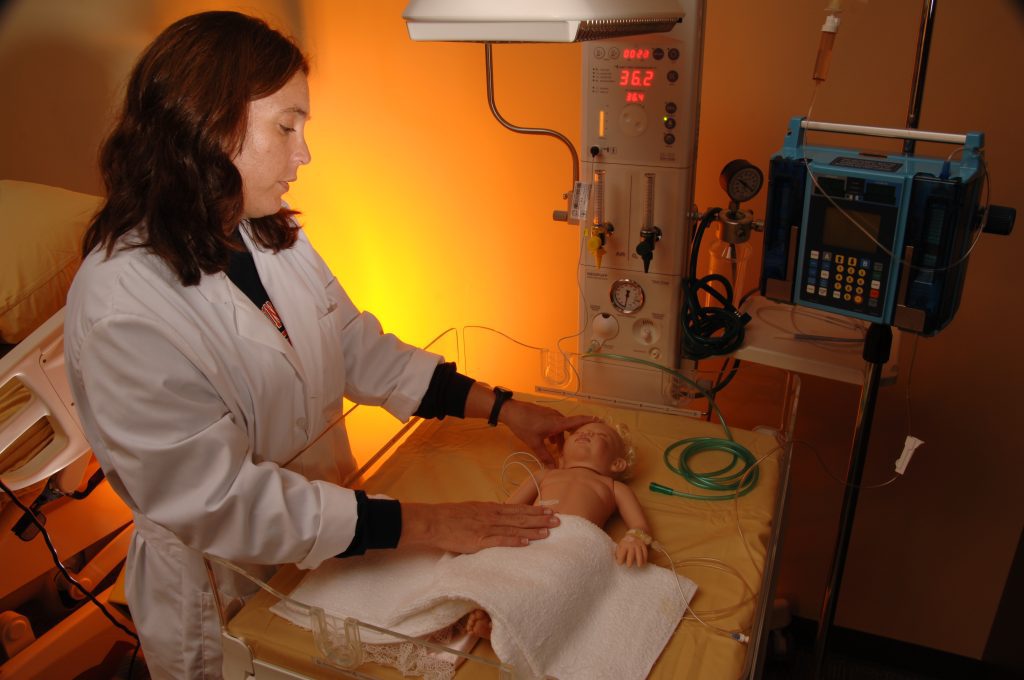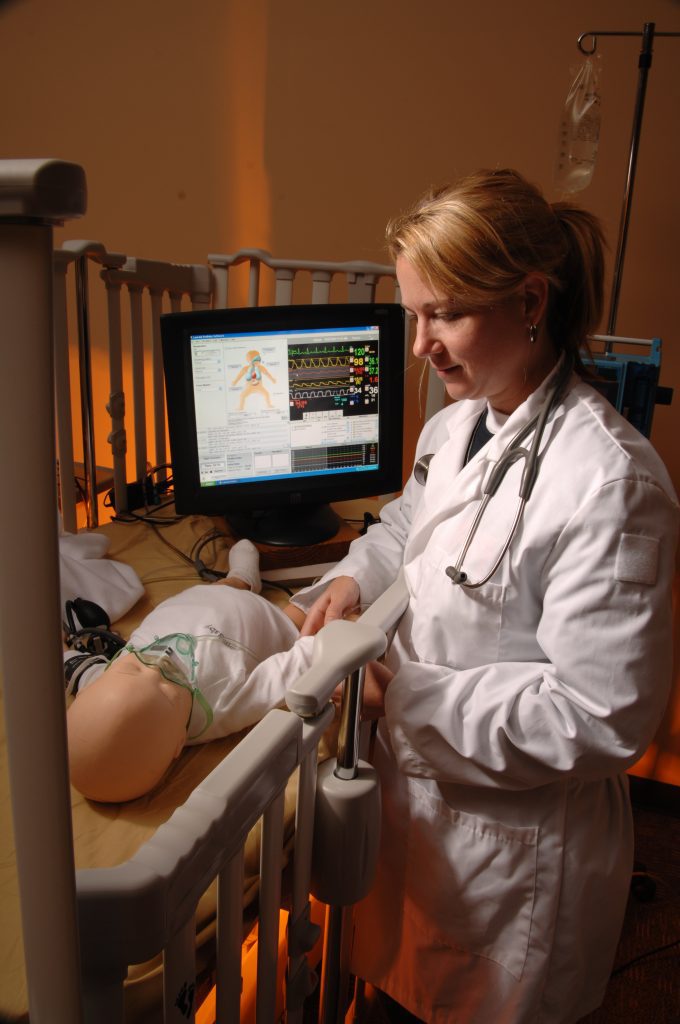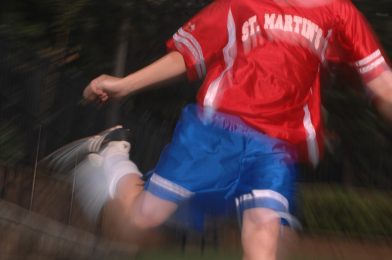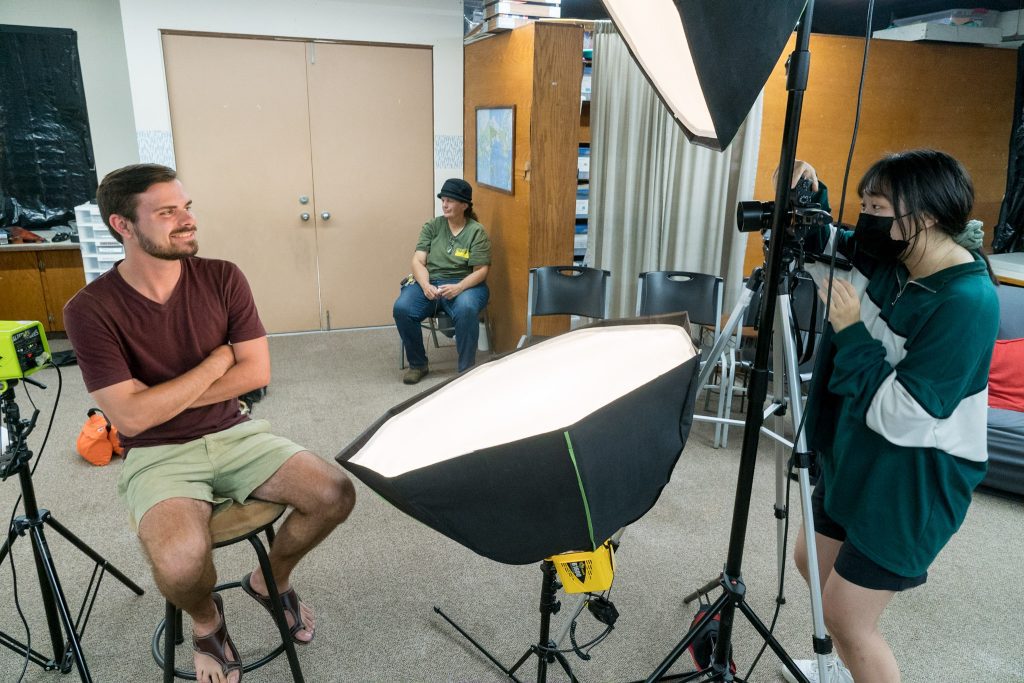Caption: Flash is used outside to create motion yet freeze the subject.
To flash or not to flash, that is the question – at least for this article. There are two primary issues, the yin, and yang, of answering this question – the Technical and the Aesthetic.
Sometimes there isn’t enough light to make a picture, and you need to use flash. At other times the use of flash is unnecessary but can improve a photo.
There are a lot of situations that, even from a purely technical standpoint, are borderline and hard to call. Here it is necessary to consider the end use of the picture. If the photo is for a computer screen, poor light is not so important because the light passes through the image. On the other hand, if printing in black and white in a newspaper or if printing on plain paper, flash can be a lifesaver. The newsprint isn’t a bright paper, and the ink is absorbed into the paper so much that what looks a little dark on a computer screen will be solid black in a newspaper.


When photographing people with extremely dark skin tones, the flash will open up shadows and give modeling and definition to the face.
Picture (if you will) a shaft of light streaming through a window onto someone’s hair, creating a halo effect. Even though the face isn’t all that distinguishable, using flash here will destroy the mode. Sometimes the aesthetic rules over a technically correct rendition.

Another aesthetic reason is not to use a flash once you fire a flash; people are aware pictures are being made, and their expressions may change from natural to posed. So you may get one realistic shot, but you’ll rarely get others.
Here again, it can be hard to decide what to do. If you take photos of people without a flash and the expression is just right, even if the light is poor, it is often better than a well-lit but posed shot. However, a flash is called for if you can’t see the expressions or if the image will be in a newspaper and their faces lose too much due to the printing process.

Not sure of the use? Want to be able to use the photo in many ways? Then it would help if you were sure the quality would work anywhere it might appear.
You will need a high ISO (800 or 1600) if you use available light, but the photo may be pixilated. On the other hand, if printing the image large for use in a display booth or a slick magazine, you need to shoot at a lower ISO and use a flash.

Photography is always a trade-off, a compromise.
At times flash is not permitted. For example, museums often don’t allow flash since it can fade the colors in prints or fabrics.

Surprisingly, the rule of thumb most people apply to the use of flash is the reverse of what it should be. They don’t use the flash outside when it would help open up shadows; they use it inside where it can destroy mode and restrain naturalness.

By reversing the standard rule of thumb and using flash outside, not inside, you discover a new way of seeing the light.
With digital, seeing the results is immediate, So why not shoot these tough choices both ways and compare the outcome?





